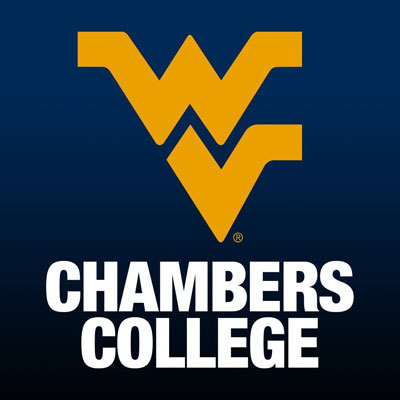A team of three MBA students from West Virginia University recently helped make a case for expansion on a company that is undoubtedly changing the game for the labor force in the state of West Virginia.
PACE Enterprises, a nonprofit, community-led organization that provides prevocational and vocational rehabilitation services to individuals with disabilities, has been around for more than 40 years, employing more than 200 people and generating in excess of $6 million in revenue for the company.
PACE is a community entity that currently exists only in Morgantown, but last spring Greg Morris, president and CEO, and Jim Matuga, board chairman, spoke with Steven Cutright, director of the BrickStreet Center for Innovation and Entrepreneurship at the College of Business and Economics. . The topic? A plan to evaluate PACE’s potential to expand program offerings beyond Morgantown and to influence employment at its current location.
It was then that Cutright assembled a student team from the Experiential Learning Center at B&E, led by Bill Pecora and including Ben Schwanke and Justin Facer, to step in and take on the task. Together, the team worked from July to December 2015 to evaluate the programs currently being offered by PACE, conduct an analysis of the community impact of PACE on Morgantown, and assess the capabilities the business might move into and new businesses it might pursue.
“Normally in our process, we would focus on five areas of a business: revenue, cost of goods, gross margins, expenses and net income. But, in engaging with PACE, we changed that formula to jobs and operating income,” Cutright said. “We thought, ‘How can we influence the people already working at PACE?’” The focus centered on people who could work at PACE, how we could influence jobs and how we could influence operating income so that PACE could invest in new programs to continue its growth.”
The team looked at different options, focusing on the current secured document destruction that PACE currently does successfully, but also looking into electronic destruction, the disposal of electronic equipment.
“We think there’s a great opportunity for that segment of business in West Virginia, and we built a model which we have provided to PACE. It’s a 50- to 60-page operative document that encompasses processes to implement and execute, something that will provide great value to PACE over the next few years,” Cutright said.
Recently, PACE Enterprises announced the details of the business plan that the students conducted, as well as the findings of John Deskins and his team at the Bureau of Business and Economics Research. The BBER team measured the quantitative effect of not only what PACE is doing today, but what PACE can do if it is successful in using the project’s business analysis for expansion. Deskins emphasized the importance of PACE’s programs due to disability being such a large contributing factor to the state’s exceedingly low rate of labor force participation.
“West Virginia’s labor force participation rate is 53 percent, and we are dead last in the nation; the national average is 63 percent,” Deskins said. “Our state has a long-term structural problem of low labor force participation, and it is a major issue.
“One of the problems contributing is disability. The national disability rate is 10 percent and West Virginia’s is 18 percent, again the highest in the nation. What we have to have in the state is exactly what PACE is offering – ways to take people who are disabled who would otherwise not be in the workforce and finding creative ways to get those people into the workforce.”
Deskins said PACE is supporting 253 jobs in West Virginia with what the company is offering now, not including what they plan to expand to in the near future. With $5.4 million in employee compensation and $8.2 million in total spending, activity associated with PACE creates just shy of half a million dollars, with $458,000 in tax revenues for the State of West Virginia.
“It’s such a win-win situation for the state, and it is exactly what West Virginia needs. I couldn’t think of a better way to not give up and to overcome this deficit that we face in regard to labor force participation and disability,” Deskins said.
Matuga thanked the students, Cutright and Deskins for pouring themselves into this project for the good of PACE, its current and potential employees and supporters, and the state.
“The project is incredible, and we are so indebted to those at B&E who gave us this support and this information that we will truly use. This real, quantifiable data is going to help us tell the story better when we’re going out into the workforce and seeking sponsorships, working on development and working on expanding our tremendous impact,” Matuga said. “Having these numbers to back up our words is really important, and we are going to be great stewards of this information. We’re going to take it, put it to work and not let anyone down, because we know how much time they put into this.”
Cutright emphasized the importance of the experiential learning project for the growth of the students who worked on it.
“PACE isn’t the only winner in this project,” Cutright said. “The three students who worked diligently for five months understand the value of the social entrepreneurship aspect, the model of community engagement and the development of a community initiative that will be a lasting component on the city of Morgantown and, hopefully, the state as a whole for many years, long after their education is complete.”

